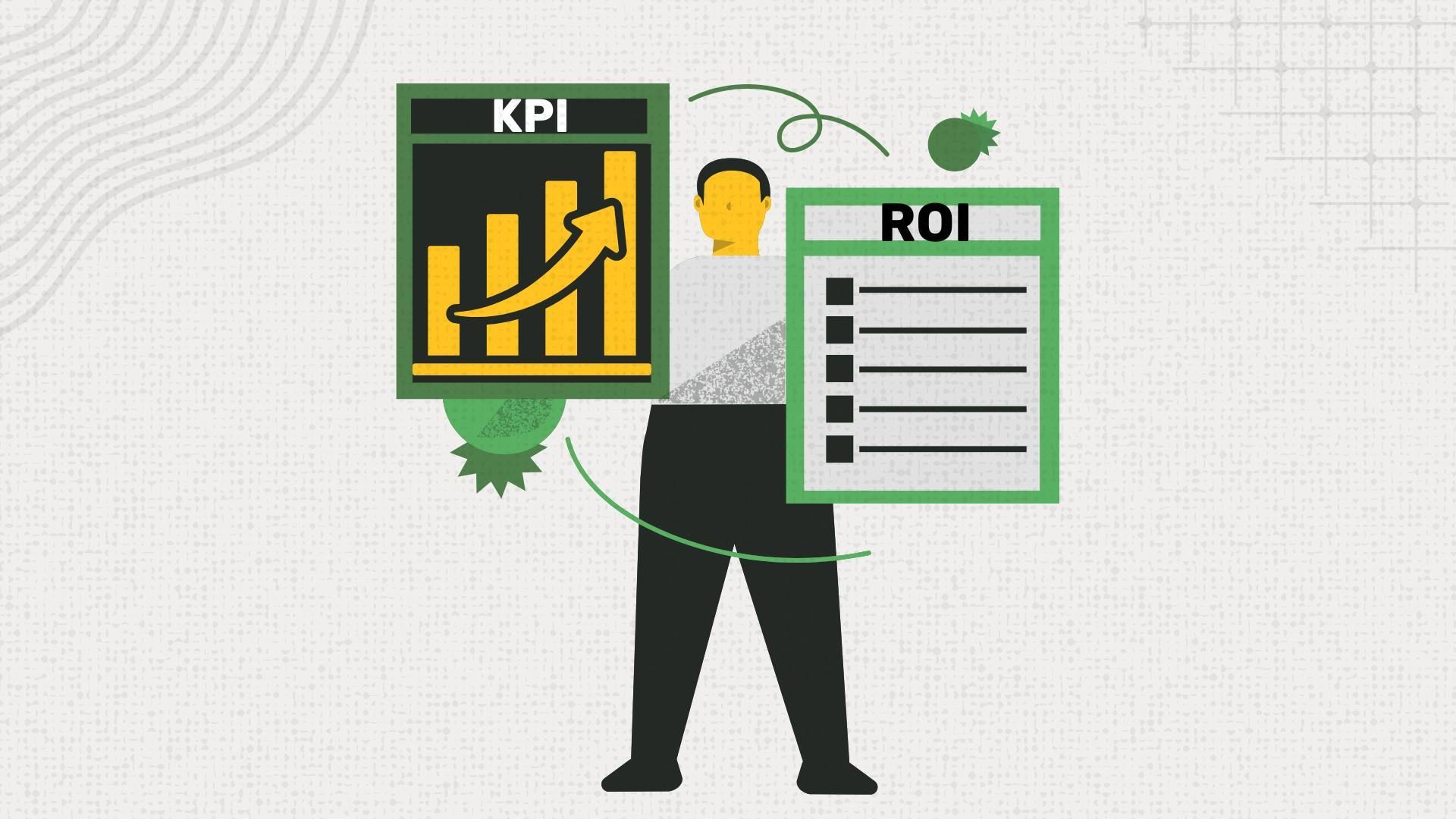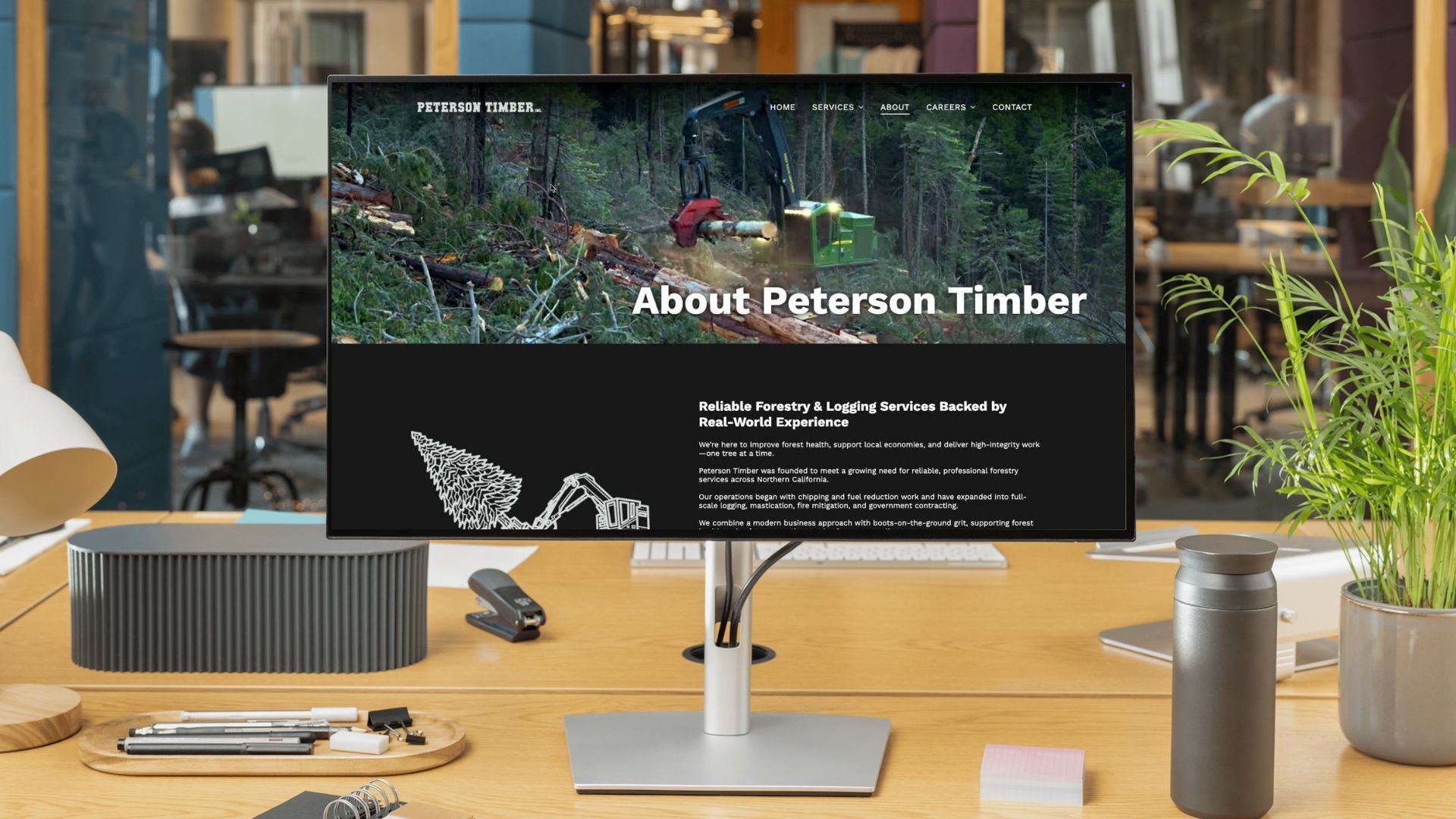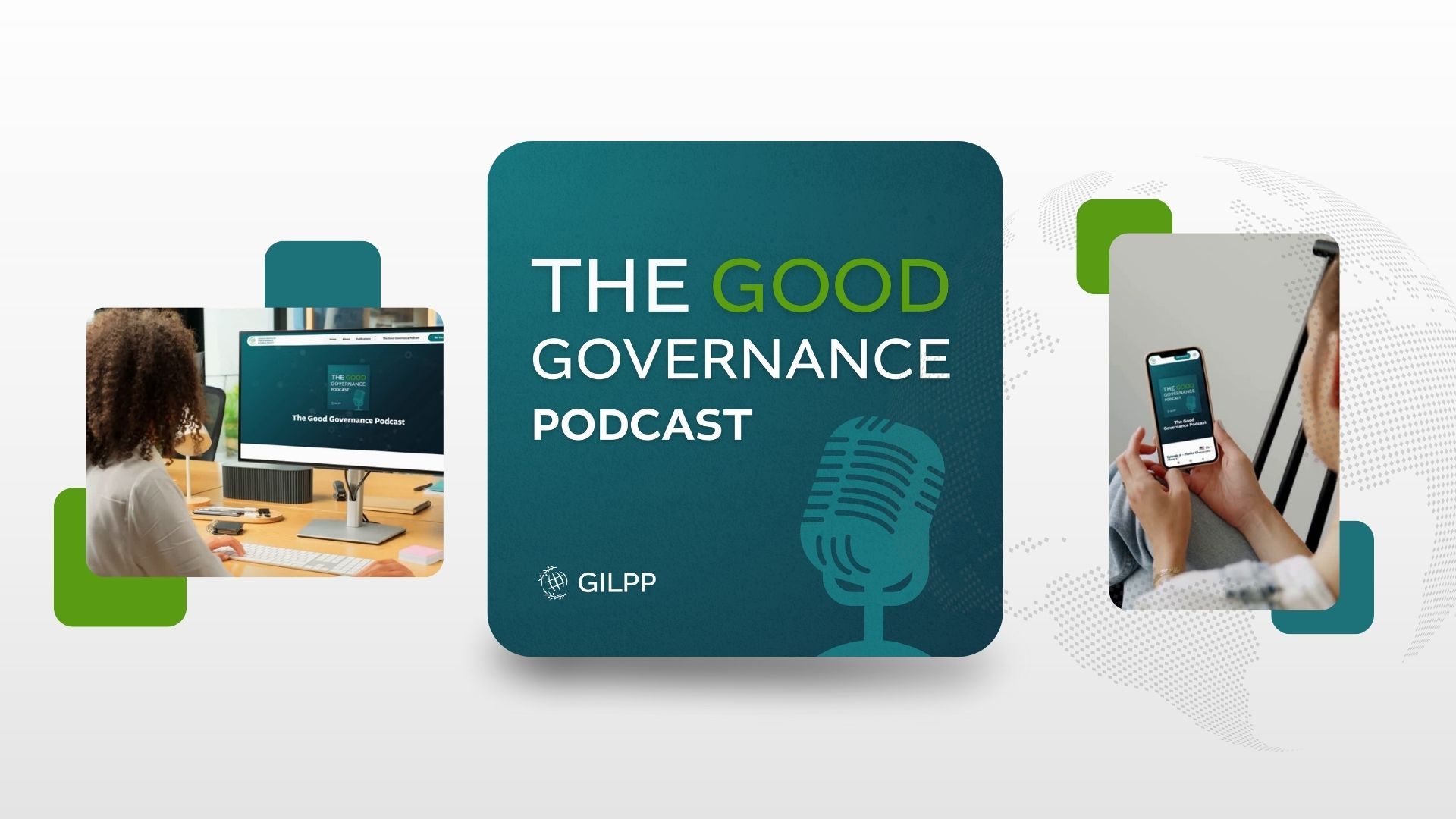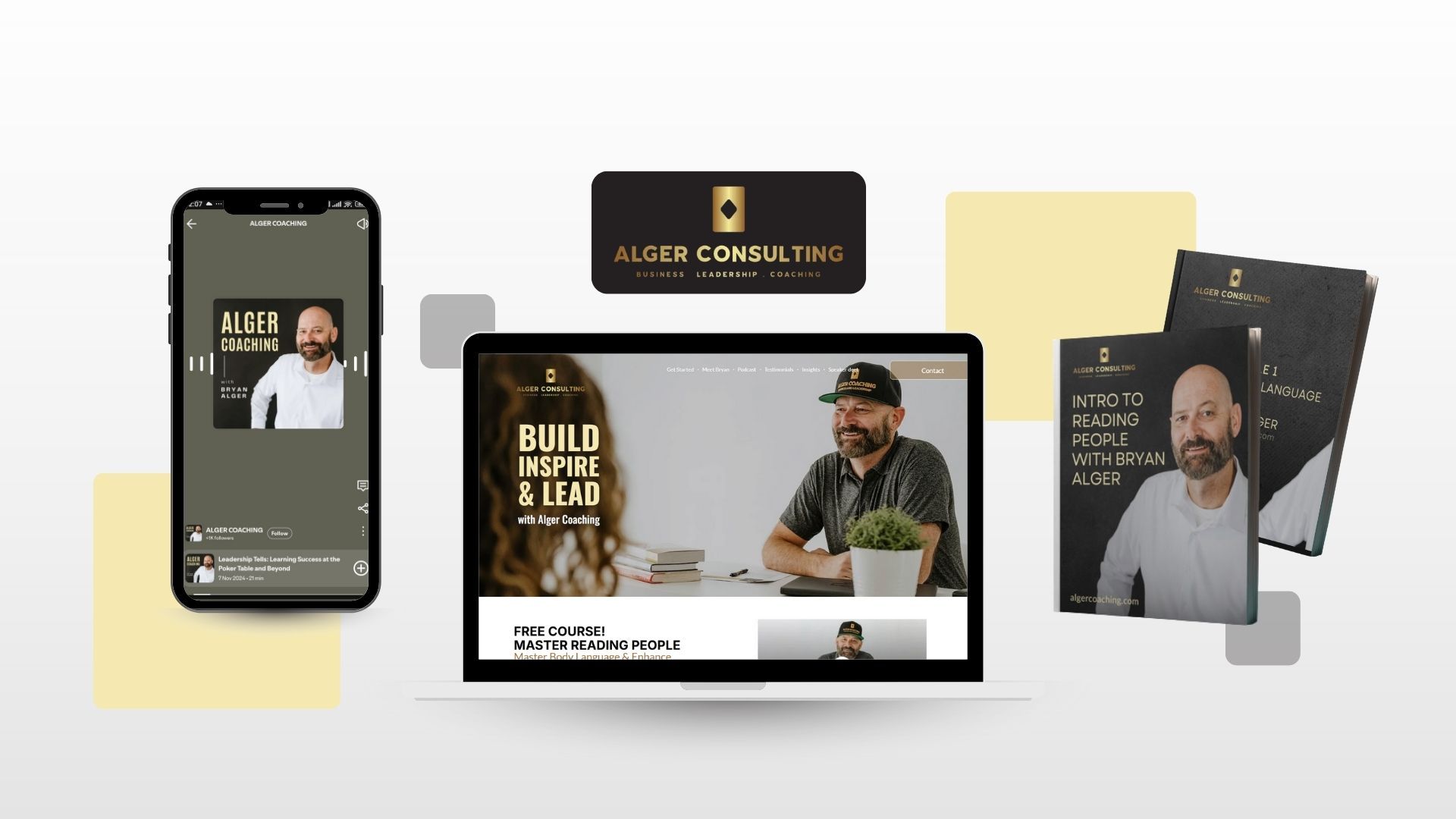
"We had tons of data, but it wasn’t helping us make better decisions."
If you’re in marketing for a timber, wood product, or manufacturing business, chances are you’ve exported your share of spreadsheets, cobbled together dashboards, and still come up short when someone asks, "Is this working?"
The reality is, most marketers in the wood industry are under-resourced and over-expected. Before the "Marketing in the Wood Industry" webinar, over 70 percent of attendees reported working in teams of five or fewer, managing everything from trade shows to social media with little time for analysis.
"We were doing reporting, but it wasn’t helping us decide what to do next."
So what should you track? These five metrics offer clarity, alignment, and strategic traction.
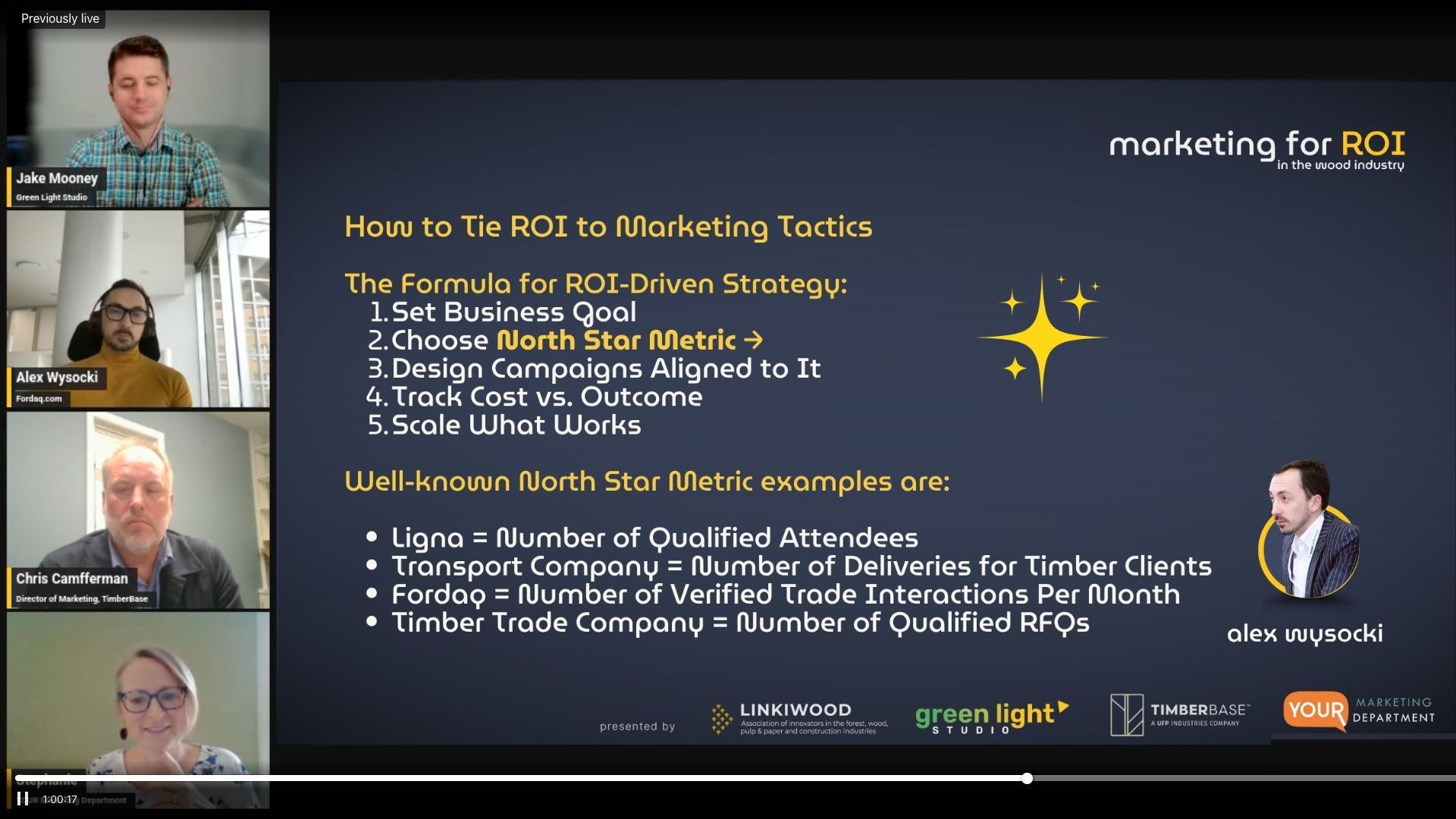
1. Return on Marketing Investment (ROMI)
"Marketing is not about posting on social media or designing a perfect booth. It’s about metrics. If you can measure it, you can achieve it. Otherwise, it's like walking in the dark."
ROMI compares revenue earned to marketing dollars spent. It pushes the conversation past vanity metrics like impressions or likes, and into budget justification.
"Track it monthly. How much do you need to spend to get one paying customer? Simple."
You don’t need perfect attribution, just directional clarity. Start by tagging campaign sources in your CRM and associating them with closed deals.
2. Customer Acquisition Cost (CAC)
"If you’re not a professional, recruit professionals. If you can’t recruit in-house, find a good freelancer with references and real examples. But don’t try to do everything yourself."
CAC = Total cost of acquiring customers (ads, events, content) divided by the number of new customers. It’s your first sanity check for return on effort.
Wysocki emphasized how many companies throw budget at traditional tactics without understanding the real cost:
"Twenty years ago, many companies built homemade websites. We still see those dinosaurs today."
Knowing your CAC lets you compare trade shows versus paid search, or direct outreach versus referral programs. It’s not just what’s working, but what’s working efficiently.
3. Marketing Qualified Leads (MQLs)
"Track how many people interact with your content, register, or show intent, and how many convert."
MQLs signal that someone is moving from curiosity to consideration. In industrial B2B sales, this might mean a spec request, a pricing inquiry, or a meeting booked, not just downloading a brochure.
Wysocki was clear: "Marketing should define and track MQLs in partnership with sales."
If sales says the leads aren’t any good, it’s time to refine your criteria, and maybe your campaigns.
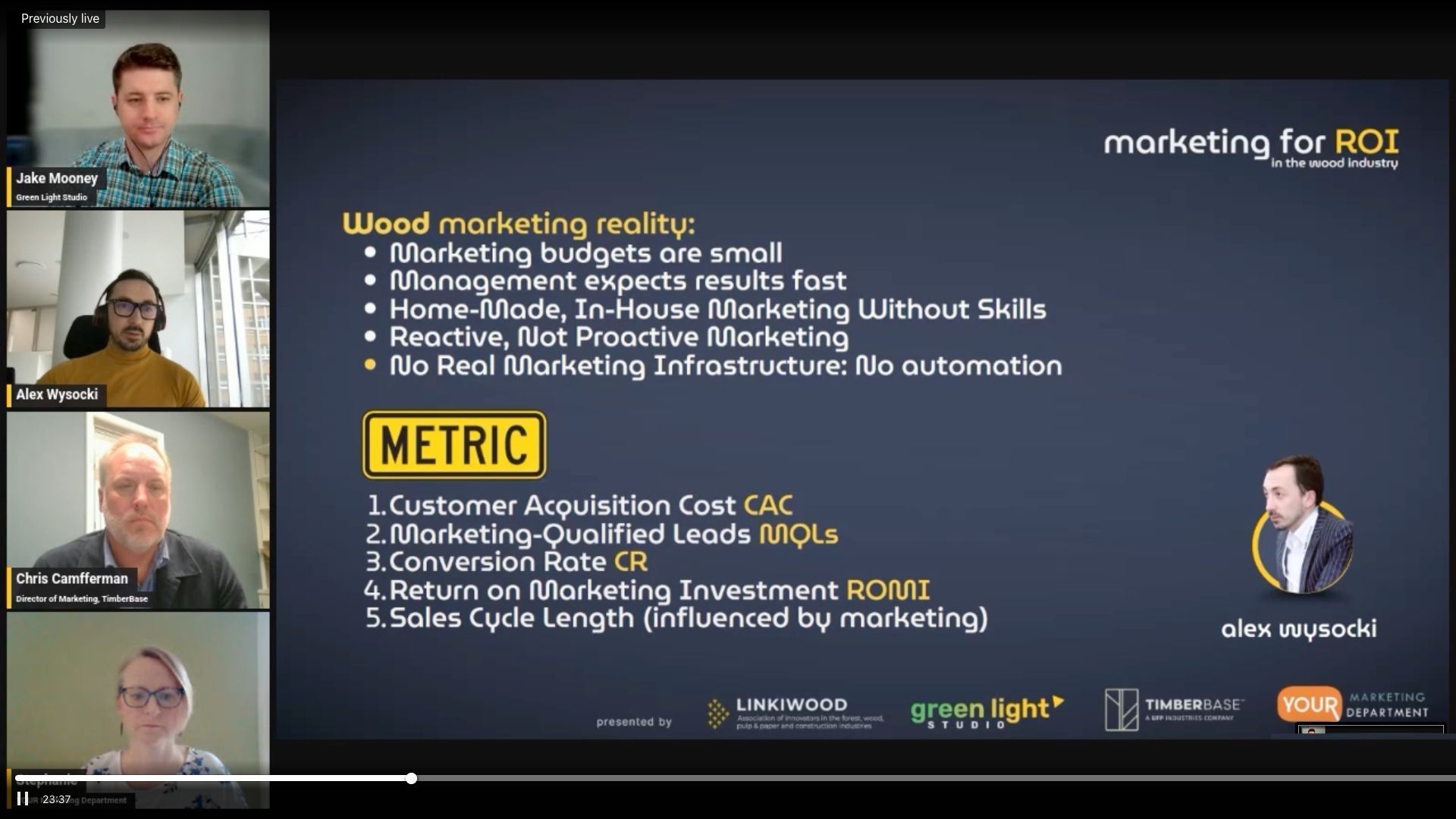
4. Conversion Rates (Across the Funnel)
"We created a simple newsletter because no one else was talking to the dealers. Six years later, it became one of the most relied-on tools in the company for internal communication."
Conversion rates measure how many people take the next step: from landing page to inquiry, inquiry to call, call to proposal. It reveals where you’re losing momentum.
Mooney's story about building a newsletter that solved a communication gap highlights a key truth: sometimes the best conversion lift comes from fixing internal processes, not fancy funnels.
Track every step. If form fills aren’t turning into calls, maybe the follow-up is broken. If proposals aren't closing, maybe the offer needs work. Every rate tells a story.
5. Sales Cycle Length (Marketing-Influenced)
"How long does it take to close a deal? Know this, and you’ll understand your marketing ROI."
Sometimes marketing's best move isn’t generating more leads, it’s helping sales close faster. This KPI looks at deal time from first touch to close.
Wysocki shared that shorter sales cycles often signal well-aligned campaigns: "If you can describe your business in one SMS and make someone interested, it works."
Look for where marketing content, automation, or campaigns help reduce questions and speed up decisions.

How to Start If You’re Not Measuring Anything Yet
"We don’t need full attribution. We need useful indicators."
If you’re not tracking these metrics yet, start with one campaign and one sheet. Mooney suggests a basic spreadsheet:
- Campaign name
- Budget
- Key asset (PDF, page, ad)
- Leads generated
- Actions taken (calls, quotes, sales)
Review it monthly. Ask, "What did we learn? What worked?" Build from there.
Fewer Metrics, Better Decisions
"What gets measured gets done. But what gets measured well gets improved."
If you’re trying to track everything, you’ll drown in noise. Start with five metrics. Tie them directly to your sales process. Build buy-in by reporting consistently, learning together, and improving slowly.
Unimpressed with your marketing?
Get support and direction with these resources:
- Free Marketing Audit Workbook - Download Now
- Subscribe to Our YouTube Channel - Subscribe
- Get a custom strategy for your business - Get In Touch
- Connect with Jake on LinkedIn - Connect
Unimpressed with your marketing?
Get support and direction with these resources:
- Free Marketing Audit Workbook - Download Now
- Subscribe to Our YouTube Channel for practical marketing tips and strategies. Subscribe
- Contact Us - Let’s create a custom strategy for your business. Get In Touch
- Connect with Jake Mooney on LinkedIn - Connect
Stop Guessing: The 5 Marketing Metrics That Actually Matter in B2B Timber Sales
